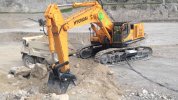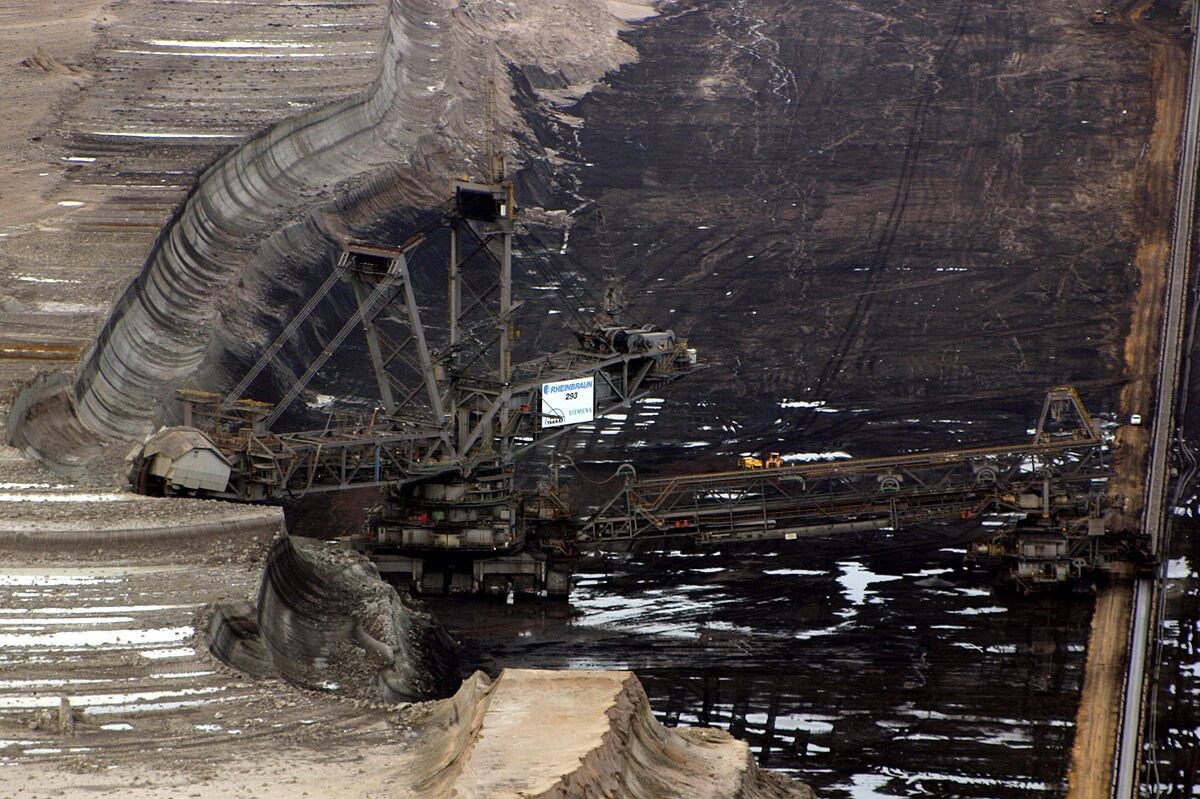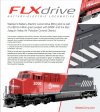Switching away from fossil fuels alone will not take us to where we want to go- it's just a small part of the big picture but indeed an important part. Just don't expect much from it till we get the rest right too. Reduce the problem first and the necessary solutions reduce themselves automatically.
As far as climate change is concerned, the fossil fuels are most of the problem, and the easiest part of the problem to sort. Fertilisers for agriculture are also a big problem, but with enough zero CO2 fuel you can make fertilizers which are net zero. There are other things that need to be sorted eventually, but they are less important, and if we stop burning fossil fuels quickly then we will have considerably longer to sort out the rest.
Of course reducing energy use is good, and with USA emitting more CO2 per person than anyone else by a long way, it should be relatively easy for you to do so, but it will take a long time, too long, and you have already made a fair amount of progress, more progress than most, so it is probably getting more difficult as the easy things are ticked off:

The EV construction equipment industry is already much farther along than I previously thought.
For some things, lithium batteries are the best power source, started with phones (essential items for construction workers), then powered hand tools (very few non-lithium drills in use today), then to small machinery like lawn mowers and strimmers (lithium power is definitely preferable for those), no reason why the diggers and dump trucks shouldn't follow.
Elon Musk said that “Getting a range of 500km is quite easy, and trivial to be frank; achieving a Tesla Semi electric truck with 800km range will be easy, and eventually Tesla will achieve 1,000km range for long-haul trucking". These trucks will have the same abilities as regular 40 metric tonne diesel trucks but the electric motors can supply much greater torque than their diesel counterparts.
Clearly they can be built, but that doesn't mean they are the best solution. Lithium batteries do have some issues, such as if you completely discharge them every day, as a long haul truck is likely to do, then they have a short lifespan, a small fraction of what you get from a Tesla car which typically stays in the mid part of its charge range nearly all the time. There are also the size and weight issues, they do not have a great energy density, and on an HGV space and weight matter, most roads have a maximum weight limit for trucks, any weight in the battery reduces the load you can carry and that seriously affects profits.
Same goes for rail transport, overhead power lines make good sense on heavily used lines where they will quickly repay the investment, but they don't make economic sense everywhere, and lithium batteries are quite likely not the cheapest alternative.
I am however interested in seeing how Maersk will go green, after all those big container ships, they need a lot of power to get from A to B
That is likely to be what develops the real alternatives to lithium, in shipping there is a huge amount of money to be made from a slightly cheaper alternative, they can afford to invest.
On page 9 there is a table of things they are looking into, from biofuel to nuclear:
Ammonia fuel seems quite likely, it is very easy to store as a liquid and has a good energy density, and can be produced by wind turbines through electrolysis of water to produce hydrogen followed by combining the hydrogen with nitrogen from the air to give NH3, when burned the nitrogen returns to the air and the hydrogen combines with oxygen to give water, which is what you started with.
More work and trials need to be done on it, and there is not much time left to get it working and installed.








